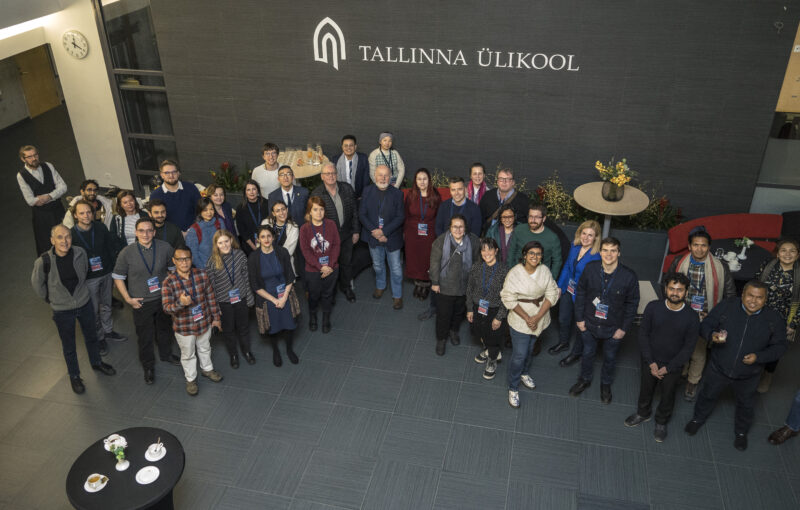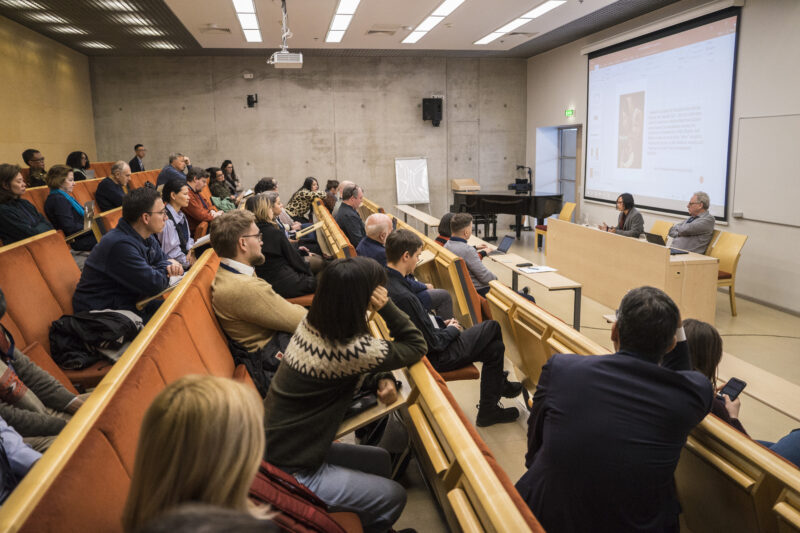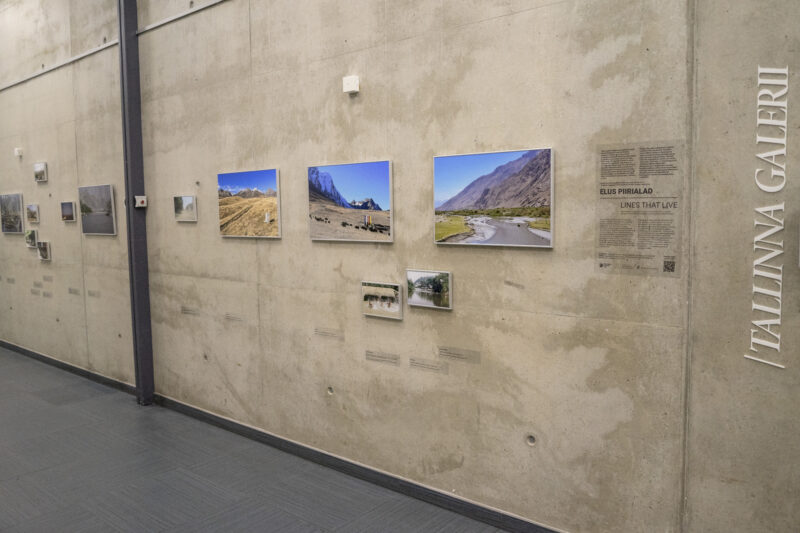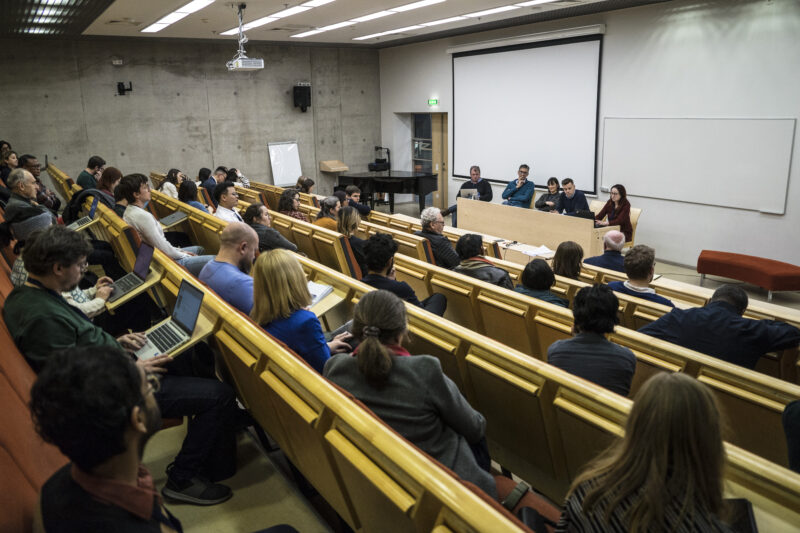
The Eur-Asian Border Lab hosted a symposium “Bridging the Regions and Disciplines in Border Studies” on January 18-19, at Tallinn University, bringing together over 50 scholars from Europe, Asia, North America, and Australia who study borders. The pre-and post-symposium side events included a roundtable at Estonian Parliament, a documentary film screening at the Baltic Film and Media School, a field trip to the town of Narva on the Russian border, and a photo exhibition at Tallinn University that is also displayed in the Gallery on this website.
The goal of the symposium was to encourage trans-regional conversations between scholars studying the fast-transforming Asian borderlands and those drawing on socio-political and geopolitical bordering in Europe and North America. The Eur-Asian Border Lab core team believes that the trans-regional dialogue can be achieved by taking the theoretical ideas drawn on particular regional settings and intellectually testing these in other places. For this reason, all ten panels with one exception, were organized so that each had presentations from both Europe and Asia that revolved around similar issues. This arrangement facilitated the conversation amongst the panelists, and with scholars in the audience, studying different regions but finding common aspects of theoretical ideas to explore.

The symposium featured two keynote speeches – one by James W. Scott (University of Eastern Finland) titled “Border Thinking” as an Evolutionary and Global Approach to Critical Border Studies and the other by Swargajyoti Gohain (Ashoka University) titled Moving Border. Panel discussions addressed themes in migration, alternative sovereignties, citizenship in lived, conceived and virtual spaces, new bordering technologies, jurisdictional bordering, and drawing lines through air and seas. The panelists drew on perspectives from international relations, feminism, IR, geography, anthropology, political science, cultural studies, law, science and technology studies. The last panel that took place in Narva Art Residency, approached borders through art, photography, literature and journalism.

On the sidelines, the participants could explore a photo exhibition “Lines that Live” showcasing images of borderlands of Europe and Asia taken mostly by symposium participants and organized for the event. The exhibition explores territorial borders produced through multiple narratives, performances, and practices, in myriad orders and colors. While the exhibition designed by Krista Mölder and Aleksandra Ianchenko runs at the Tallinn Gallery (Mare building, 2nd floor, Tallinn University) until Feb 29, 2024, an expanded version of it can also be viewed at the virtual Gallery of the Eur-Asian Border Lab.

The two-day symposium concluded with a wrap-up session with a panel discussion and a question and answer session. Among the issues raised during the wrap-up session was how evidence-based research produced by scholars of border studies can contribute to public debates on borders and assist policymakers.
A journal special issue on the more theoretical takeaways from the symposium, and an edited volume on more empirical everyday cases of bordering across Europe and Asia will be put together by the Eur-Asian Border Lab teams with selected papers from the symposium.